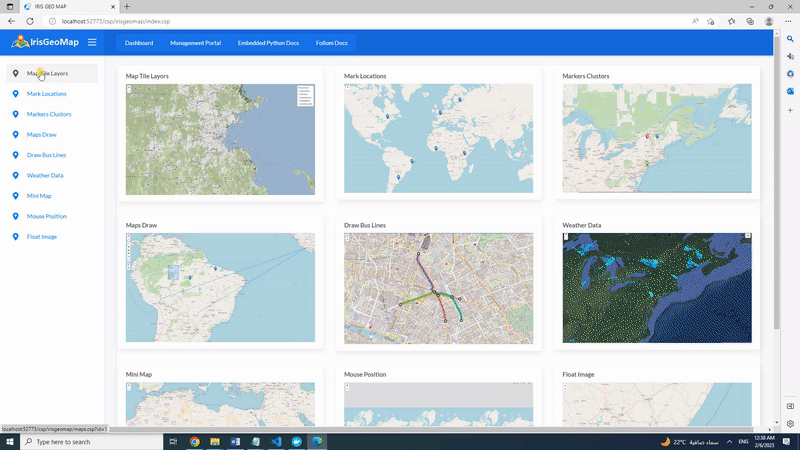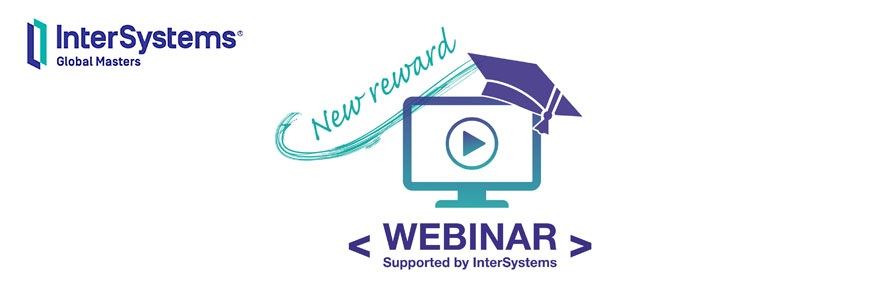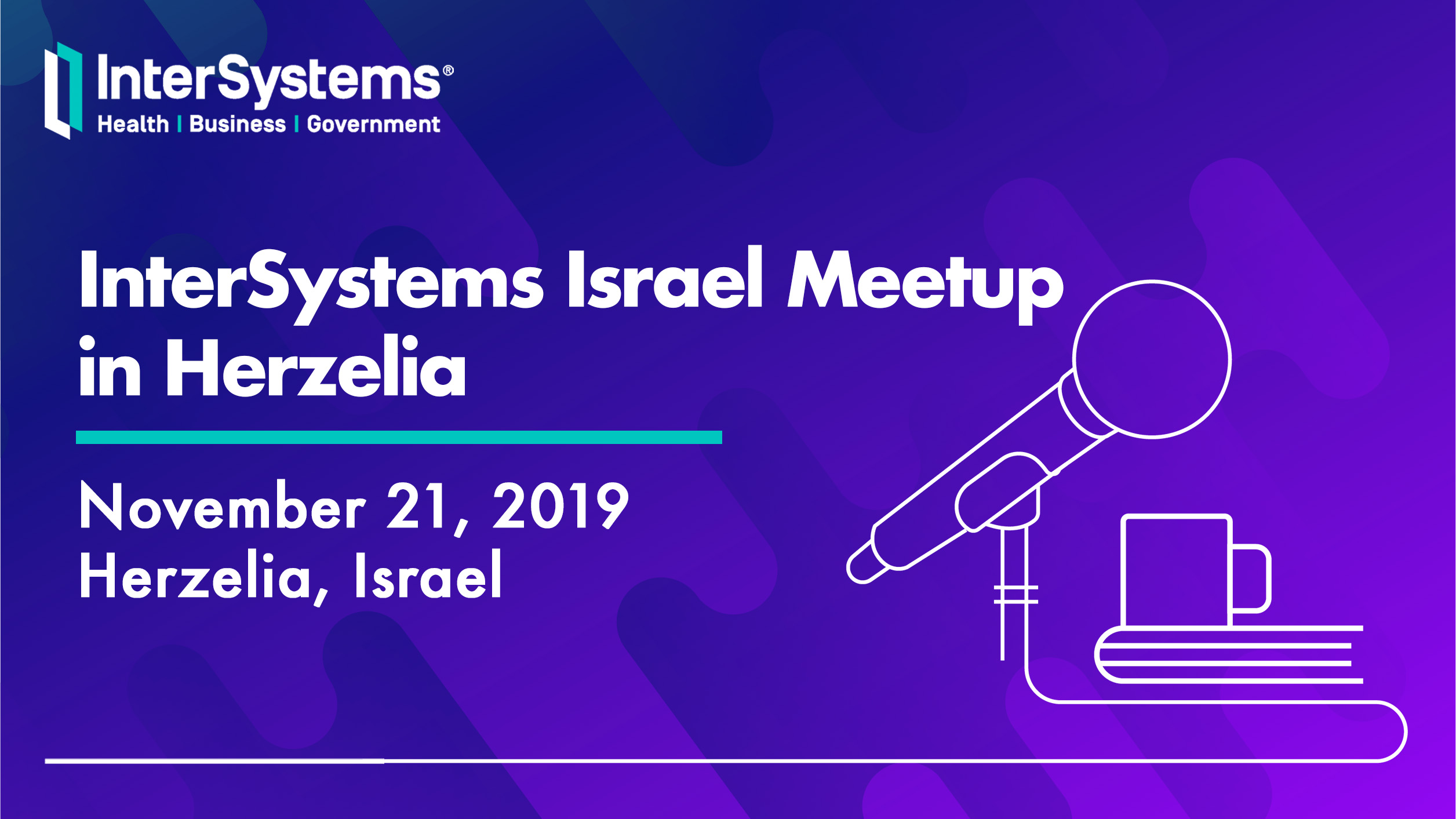Hi Community
In this article, I will demonstrate the functionality of my app iris-geo-map
InterSystems Developer Community is a community of
24,997 amazing developers
We're a place where InterSystems IRIS programmers learn and share, stay up-to-date, grow together and have fun!



.png)
